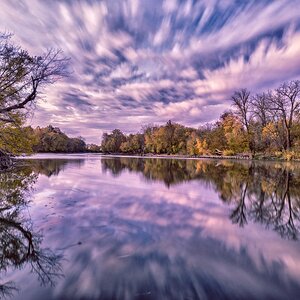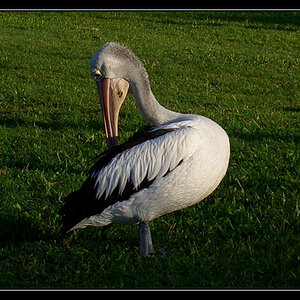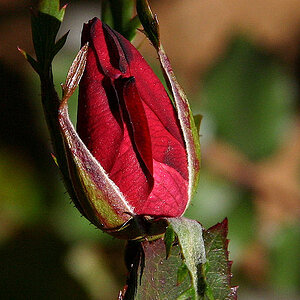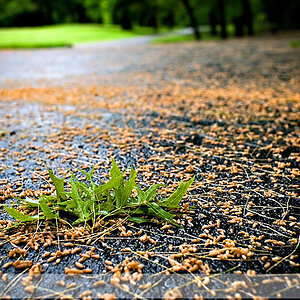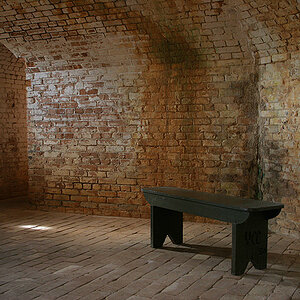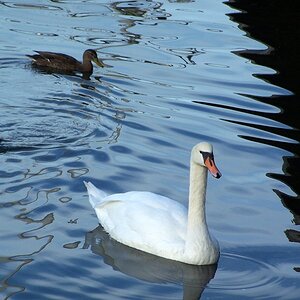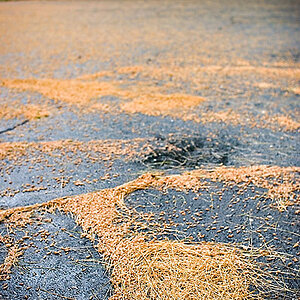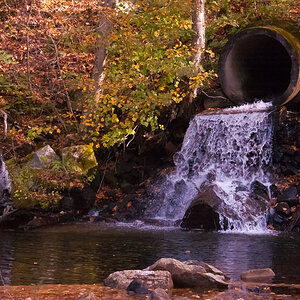AfternoonTea
TPF Noob!
- Joined
- Apr 16, 2013
- Messages
- 21
- Reaction score
- 6
- Location
- Illinois, United States
- Can others edit my Photos
- Photos NOT OK to edit
Next week I'm going on a photo-shoot on a sunny clear blue sky day, and I was wondering what rule I should lean on? I use a Canon 50mm Prime 1.4 lens, and I noticed that the sweet spots for sharp and blurry backgrounds is around F-stop 2.8 - 5.8. If I want to take a nice portrait with exposure on a clear sunny sky should I work with F-stop 5.8, and compensate the other values; Or should I abide with sunny 16 (even though F-16 is not the sharpest for my lens)? or would it even matter?



![[No title]](/data/xfmg/thumbnail/42/42279-f60778d39180ee6cd87fc84a15559b96.jpg?1619740087)
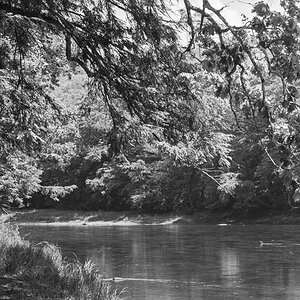
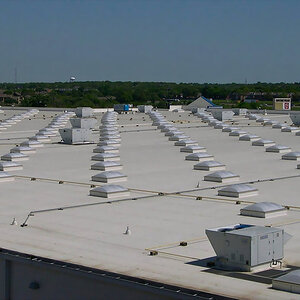
![[No title]](/data/xfmg/thumbnail/42/42277-63576745f84be96df79b94ca0f49e00b.jpg?1619740085)
